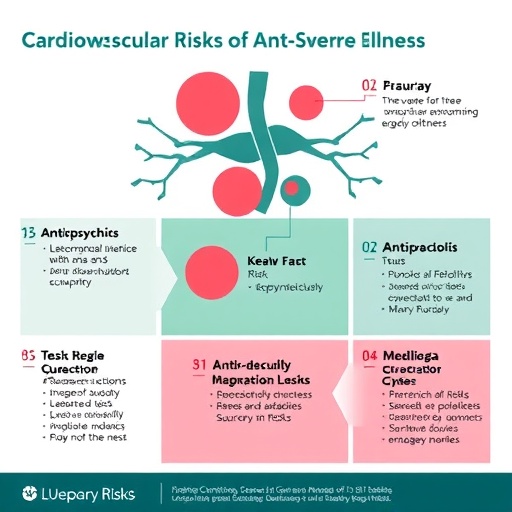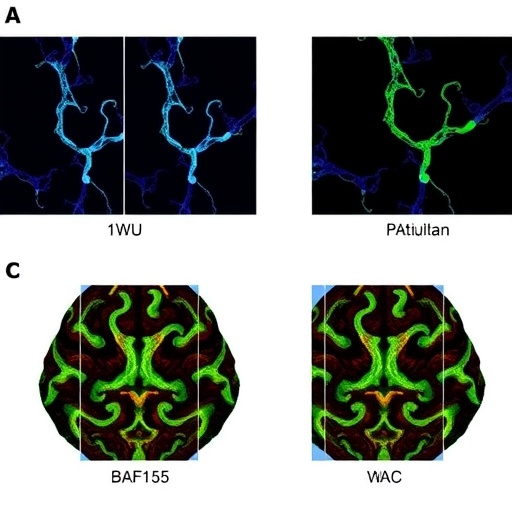Dr. Rainu Kaushal and colleagues analyze much needed solutions for reduction in high healthcare utilization among high-need, high-risk patients
By many estimates, only 5% of U.S. patients are high-need, high-cost (HNHC), yet they account for about 50% of health care spending. It has become a national priority to understand the needs of this patient cohort, identify drivers of their utilization, and implement solutions to improve their clinical outcomes while reducing their costs.
High-need, high-cost patients often have multiple chronic conditions, complex psychosocial needs, and limited ability to perform activities of daily living. Care delivery solutions, including care management, telemedicine, and home health visits, have had mixed levels of success for various outcome measures, including system-centric ones such as total cost of services and utilization of secondary care (emergency department [ED] use and inpatient hospitalization) as well as patient-centered ones such as self-assessed health status.
A possible explanation for the variable success could be that many solutions are designed primarily by health system administrators, not the patient “customers” who best understand their own needs. Little has been published about patients’ views on the care models that target their complex health care needs, which aspects of current care delivery high-need, high-cost patients find beneficial, nor how health systems can partner with patients to design and implement solutions. Better serving high-need, high-cost patients must begin with improving our understanding of their needs and perspectives.
Listening to the Voice of the Patient
To bring the voice of the patient to the forefront, qualitative researchers from Weill Cornell Medicine and University of Florida led several focus group discussions with 21 high-need, high-cost patients and 3 primary caregivers, representing an urban health care system in New York City and a second one in Gainesville, Florida. Clinical care coordinators at each site identified patients for focus groups based on the following criteria: they had at least 1 chronic medical condition and either 3 or more ED visits or 2 or more inpatient admissions during the 6 months prior to initiation of the study. (Three patients were too ill to participate, so their primary caregivers acted as proxies.)
Participants ranged in age from 23 to 80 (median age was 59) and were racially diverse (15 Black, 7 White, and 2 Hispanic). Fifteen participants were female (63%) and 9 were male. In the prior 12 months, the patients, on average, had visited their primary care doctors 6 times and the ED 16 times, and been hospitalized 5 times. Commonly reported medical conditions included arthritis, diabetes, asthma, heart disease, chronic obstructive pulmonary disease (COPD), obesity, epilepsy, hypertension, and depression.
Participants identified five solutions that they felt would help prevent overuse of the ED and other hospital services for symptoms and/or conditions that can be well-managed at primary care clinics. These are:
- care management
- readily available at-home physical therapy and nursing services
- home delivery of prescription medications and easier refills
- telemedicine
- more after-hours clinics
Patients saw immense benefit in many of these solutions (see “What High-Need, High-Cost Patients Say”). For care management in particular, patients appreciated help with appointment scheduling and reminders. Patients perceived care managers as trustworthy partners in their day-to-day health care — available to talk to and answer questions if they felt anxious. While the jury is still out on the return on investment of care management — in terms of utilization and outcomes — the patients in our focus group were convinced of its benefits.
After stays in the hospital or rehab centers, patients, especially those with mobility restrictions or transportation challenges, also appreciated home-based services such as visiting nurses or physical therapists. Private and public payer organizations already provide coverage for several types of home health care and/or personal care.
Patients also described how they sometimes are unable to pick up their prescriptions for extended periods of time and appreciated the option of having medications delivered to their residence to avoid exacerbation of their illnesses. Some also felt that for some medications, a larger supply per refill cycle would be optimal. Several pharmacy groups are piloting automatic monthly refills and home delivery of prescription medications, and these services should be more widespread and better publicized.
Patients also discussed telemedicine as a solution. Some recognized the potential benefit of telemedicine for regular appointments or non-emergent conditions. They felt that communicating with a medical provider who was personable and familiar with their symptoms could reduce the anxiety of time-sensitive, unanswered questions that often result in an ED visit. Others, however, expressed uncertainty about the use of telemedicine for conditions such as cardiovascular disease, saying that they wouldn’t take a chance with remote care in case “things go wrong” and would rather seek care in a doctor’s office or ED. While not every condition can be managed using telemedicine, patients need to be better educated about when telemedicine might be a good alternative.
Finally, patients, especially those who work 9 to 5 or whose personal caregivers are unavailable during normal business hours, felt that increasing the number of after-hours clinics at convenient locations was crucial to reducing their reliance on the ED. However, patients felt that after-hours clinics would be underutilized if transportation options were limited, reinforcing the need for convenient locations. As more health systems redesign their care delivery models, they should prioritize establishing after-hours clinics in accessible locations and educate patients about when to use these clinics instead of urgent care centers or the ED.
Almost all of these solutions are being piloted in various settings. To enhance the success of care delivery models, health care systems should consider directing more resources to some of these existing solutions that patients believe could lower utilization of secondary care for chronic disease management.
We’re in the midst of an era of patient-centered care, when patients’ needs and desired outcomes drive many of the decisions health care organizations make. It is imperative that we leverage the expertise of a group of stakeholders who know a tremendous amount about bending the health care cost curve: the high-need, high-cost patients themselves.
###
This research is supported by a grant from the Patient-Centered Outcomes Research Institute (HSD-1604-35187).
Media Contact
Anna Sokol
[email protected]
646-962-9472
https:/





